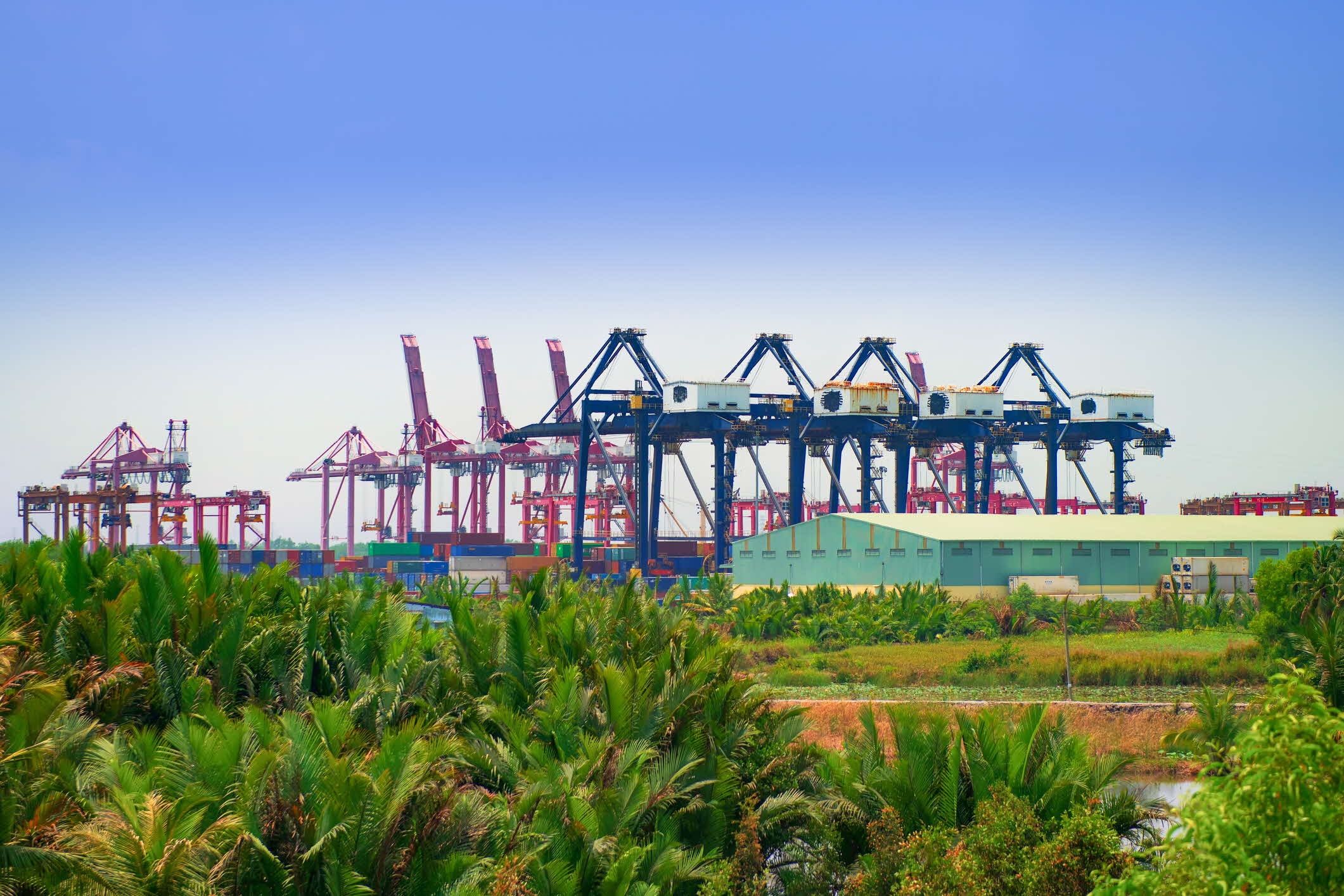Vietnam's next chapter: Digital and green growth amid global uncertainty
By Abdul Raof Latiff, CEO of DBS Vietnam

As the global economy grapples with heightened volatility – from trade fragmentation and inflationary pressures to shifting geopolitical alliances – Vietnam remains pragmatic, outward-looking and focused on long-term development.
That stance was reiterated in two key moments in recent weeks. On 28 June, Prime Minister Phạm Minh Chính reaffirmed the country’s commitment to growth and macroeconomic stability at the National Conference on Economic Development, emphasising Vietnam’s openness to international collaboration. Days later, on 2 July, US President Donald Trump announced that tariffs on Vietnamese goods would be capped at 20% – lower than previously signalled – and that goods transhipped through Vietnam would be subject to a rate of 40%, following talks with General Secretary To Lam. The agreement, seen as a pragmatic step for both countries, reflects Vietnam’s steady, constructive approach to navigating external challenges.
This sense of calm resolve is not new. It is part of the country's long-standing development arc, shaped by reform, renewal and resilience. Vietnam’s economy has expanded significantly since the launch of the Đổi Mới reforms in 1986, with real GDP per capita growing six-fold. This transformation has been enabled by pragmatic policymaking, increased global engagement, and the determination of its people.
A foundation built on strategic strengths
Vietnam’s positioning at the heart of Southeast Asia has long been a key strength. With access to major shipping lanes and close ties to North Asia and ASEAN, it is well integrated into regional trade and supply chains. These linkages are further supported by Vietnam’s participation in the Regional Comprehensive Economic Partnership (RCEP) and the Comprehensive and Progressive Agreement for Trans-Pacific Partnership (CPTPP), as well as its expanding commercial ties with Japan, South Korea and Latin America.
Domestically, Vietnam has laid the groundwork for more resilient growth. An expanding middle class, expected to double in size to 26% of the population by 2026, is fuelling demand for more sophisticated goods and services. Meanwhile, foreign direct investment remains strong – USD 38.2 billion in 2024 alone – two-thirds of which flowed into manufacturing. Global firms, from electronics to semiconductors, continue to expand their footprint. Samsung, for instance, now manufactures 60% of its mobile phones in Vietnam and exported USD 54 billion worth of devices from the country between 2023 and 2024, a reflection of confidence not just in Vietnam’s competitiveness, but in the reliability of its infrastructure and workforce.
These developments point to more than cost efficiency. They reflect growing confidence in Vietnam’s industrial maturity, infrastructure and policy direction.
The next phase: digitalisation and sustainability
Looking ahead, two structural growth drivers are emerging with increasing clarity: digital transformation and sustainability.
The government’s digital ambition is significant. With a target for the digital economy to contribute 30% of GDP by 2030, authorities are prioritising inclusive connectivity, digital literacy and support for innovation across all segments of society. This momentum is already visible, from e-commerce and fintech adoption to enterprise digitalisation.
AIA Vietnam’s shift to fully digitalise its claims payout process is one such example. With support from DBS Bank, the insurer leveraged proprietary APIs to eliminate paperwork, streamline operations and improve service delivery. These are not just efficiency gains; they represent tangible improvements to customer experience and productivity.
Sustainability is also rising on the agenda. Vietnam has pledged to achieve net-zero emissions by 2050 and has already become Southeast Asia’s largest renewables market. Solar and wind capacity are expanding across provinces, while new opportunities are emerging in sustainable agriculture, water management and infrastructure.
To support this transition, access to sustainable finance is essential. DBS has been a key green finance partner for SP Group and Sembcorp Industries in Vietnam, channelling syndicated green loans totalling USD 120mio to their joint ventures and subsidiaries, strengthening Vietnam’s pathway to a low-carbon economy. Separately, we structured a sustainability-linked bond for JAPFA, a regional agri-food producer, tying financing terms to environmental performance targets. These initiatives signal a broader shift: one where financing models reward accountability, resilience and long-term thinking.
Deepening regional connectivity
While Vietnam’s domestic transformation continues, regional integration is also gaining traction. Intra-ASEAN trade is steadily increasing, offering new avenues for Vietnamese companies to diversify markets and mitigate risk. As these trade ties deepen, Vietnam’s businesses will have more opportunities to integrate into regional value chains, particularly those that prize digital readiness and sustainability.
With a strong presence across Asia, DBS is well placed to support this integration. Our experience in sustainable finance, digital transformation and cross-border business makes us a strategic partner for Vietnamese enterprises that are ready to grow, whether at home or abroad.
A thoughtful partner in a time of change
For many enterprises navigating today’s environment, growth is no longer just about scale, but about agility, purpose and partnerships. At DBS, we believe in working alongside our clients to help them meet this moment, whether by facilitating cross-border expansion, funding digital transformation, or enabling sustainability transitions.
As a bank with deep roots in Asia, we are committed to supporting Vietnam’s growth journey. We see potential not just in the numbers, but in the everyday decisions made by businesses, entrepreneurs and policymakers who are building the country’s next chapter.
That future may not be without challenge, but with the right foundations, and the right partners, Vietnam remains one of Southeast Asia’s most promising stories.
